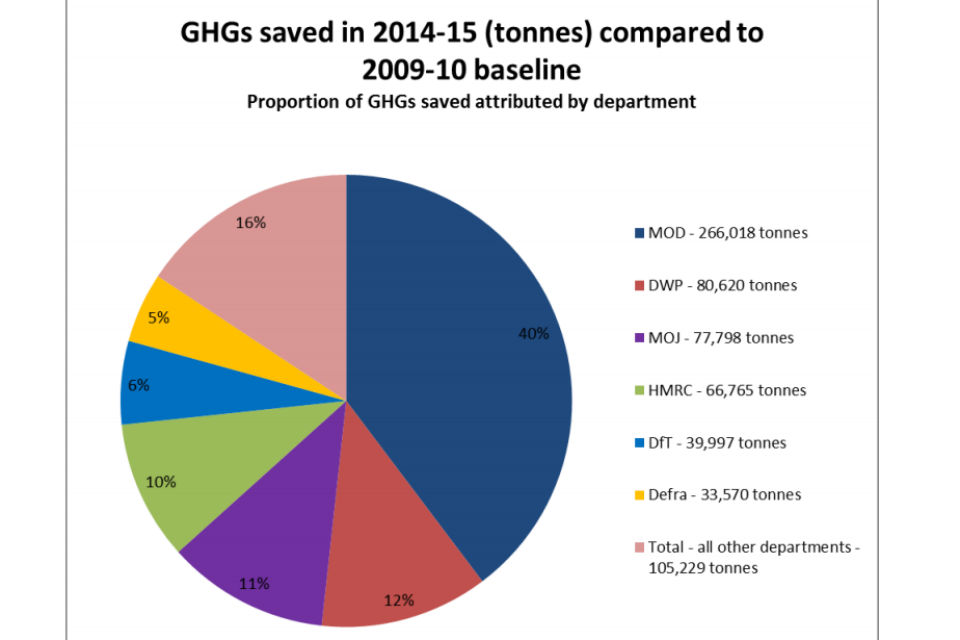
Nelson Mandela said: "Action without vision is only passing time. Vision without action is merely daydreaming. But vision with action can change the world."
I hope the heads of state and government at the UN summit on climate change in Paris have this thought at the forefront of their minds.
The time is now for tackling climate change. The promotional video for the summit confidently states that “world leaders will agree to end global warming”. The next step is taking action with a strong deal in place.
Mission: Impossible?
Tom Cruise isn’t at the talks, as far as I’m aware, but he wouldn’t have been out of place scaling the side of the building in Copenhagen six years ago when an agreement to curb emissions seemed Mission: Impossible.
It’s a simple premise, but for anything to change, someone has to start acting differently. People have to believe their actions can make a difference.
Progress has been made. One such example of taking action was the recent announcement that the Environment Agency Pension Fund will ensure that its future investments will be compatible with a maximum 2° increase in global temperatures. It was an action that led to the Prince of Wales referring to the fund as a leader in ensuring a sustainable future.
Huge achievement
Another great example of taking action are the Greening Government Commitments. At the start of the Coalition Government in 2010, we agreed a series of ambitious targets to reduce the environmental impact of government bodies by 2015.
We achieved a 22% reduction in greenhouse gas emissions over the last five years. This doesn’t quite meet our stretching target of 25%, but it is a huge achievement over this period, and one to which some of the most environmentally ambitious names in the private sector can only aspire.
It has been achieved mainly through reducing the size of the government estate, and reducing energy consumption in quite straightforward ways. For example, at Defra, we made significant gains through installing LED lighting in our HQ building. Other departments have installed biomass boilers, rolled out more efficient IT systems or closely monitored energy use and switched systems off when in not in use.

We’ve also reduced waste by 22%. HM Treasury recorded a massive 69% reduction in waste in 2014-15 compared to 2009-10. In Defra, we have managed a 31% reduction through rethinking bin-provision, signage and staff behaviour change.
Essential action
Departments have prioritised communicating clear expectations to staff, as well as rethinking printing services and following the government’s digital by default agenda.
Domestic flights are down by 18% (against a challenging 20% target) and water use by 11%. Six departments, including Defra, met a demanding benchmark for the amount of water used per person.
In all, the Greening Government Commitments have saved the government £185 million in energy, waste and water costs in 2014-15 compared to 2013-14.
It all shows that combating climate change is increasingly being seen as something that is essential to our long-term economic health, and not as a drag on economic growth.
It also shows that vision and action together can make a significant difference. You can play your part, too. However big or small, it all adds up. All this together can, as Mr Mandela said, change the world.

1 comment
Comment by Jayne posted on
To combat climate change government bodies need to pave the way and set examples for the public to see and follow. So how soon before we start to see solar panels on the roofs of government buildings? That would be instant kudos in my mind.